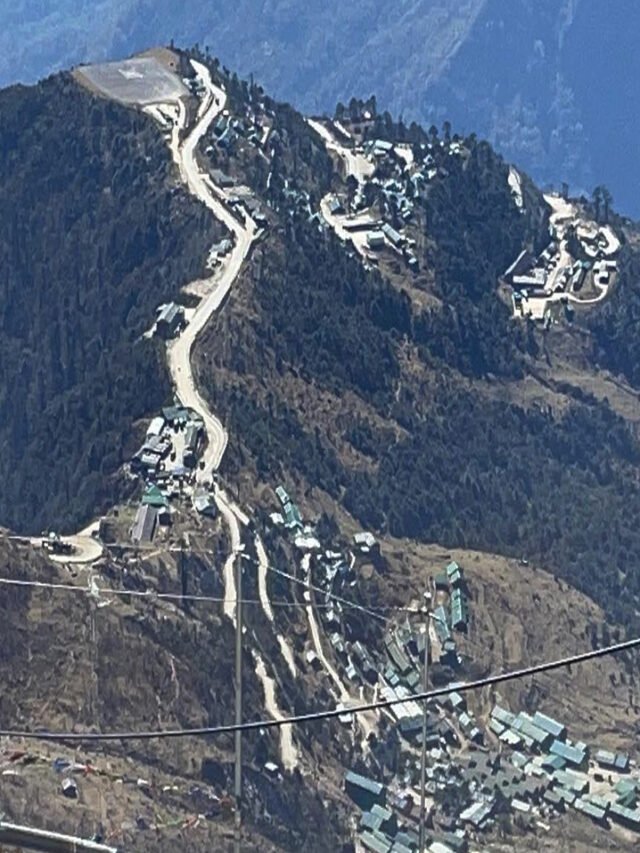Assam, known for its lush landscapes and abundant rivers, faces the daunting challenge of annual floods that wreak havoc on the lives of its people. The devastating consequences of these floods, including loss of life and disruption of daily activities and commerce, raise the pressing question: Why does Assam flood every year? While heavy rainfall is not the sole culprit, several factors contribute to the recurring floods in the region.
Here is why Assam floods every year:
1. River and River Networks of Assam
Assam’s extensive river network, encompassing the Brahmaputra and Barak River along with numerous tributaries, makes the state susceptible to flooding. Additionally, Assam receives water from neighboring states such as Arunachal Pradesh and Meghalaya. Consequently, when these regions experience heavy rainfall or cloud bursts, the excess water flows into Assam, exacerbating the flood situation. Historical instances of flash floods in lower Assam due to cloud bursts in Meghalaya and similar incidents in Arunachal Pradesh have demonstrated the far-reaching impact of inter-state river systems.
2. Bank Erosion of Brahmaputra
The relentless force of the Brahmaputra River contributes significantly to the recurring floods in Assam. Bank erosion, characterized by the removal of soil, sediment, or rock fragments along the riverbanks, results in the widening of the river and alterations in its course. Since 1950, the Brahmaputra and its tributaries have eroded over 4.27 lakh hectares of land, equivalent to 7.40% of the state’s area. The width of the Brahmaputra River has expanded up to 15 kilometers in certain locations, earning it the distinction of being the widest river in India. Each year, approximately 8,000 hectares of land succumb to erosion, exacerbating the flood vulnerability of the region.
3. Encroachment of River Banks and Wetlands
In Assam, the encroachment of river banks and wetlands has become a significant factor aggravating the flood situation. Unplanned human settlements, agricultural activities, and infrastructure development along the riverbanks disrupt the natural flow of water during heavy rainfall. As a result, the water gets confined within a narrower channel, leading to increased water levels and subsequent flooding. Encroachment also obstructs the natural floodplain areas, which act as natural buffers to absorb excess water. When these areas are occupied or modified, the floodwaters have limited space to disperse, intensifying the impact of the floods.
4. Drainage of Assam
Assam’s flood vulnerability is further compounded by the inadequate drainage infrastructure across the state. The absence of well-planned and properly maintained drainage systems hinders the efficient and timely disposal of excess water during periods of heavy rainfall. Insufficient or clogged drains in urban areas prevent the swift evacuation of water, resulting in waterlogging and increased flood risks. Moreover, the natural drainage patterns of the region, including swamps, wetlands, and natural channels, have been altered or encroached upon, impairing the overall drainage capacity of the region.
5. Unplanned Urban Growth in Assam
The rapid and unplanned urban growth in Assam has significantly contributed to the recurring floods. As cities and towns expand without adequate land-use planning, essential considerations for flood mitigation measures are often overlooked. Construction activities, including the haphazard development of buildings, roads, and infrastructure, lead to the sealing of natural surfaces, such as wetlands and permeable soil. This reduces the land’s ability to absorb water, resulting in increased surface runoff and reduced infiltration, which ultimately exacerbates the flood situation. The uncontrolled growth of urban areas also leads to the elimination of open spaces and green cover, which play a crucial role in flood control and water absorption.
Conclusion
Assam’s annual floods stem from a combination of factors, with heavy rainfall being just one piece of the puzzle. The intricate network of rivers, including their tributaries and the inflow of water from neighboring states, plays a significant role. River erosion, encroachment of river banks and wetlands, the lack of drainage systems, and unplanned urban growth collectively contribute to the recurring floods. Addressing these multifaceted challenges necessitates comprehensive strategies that prioritize sustainable development, riverbank protection, improved drainage infrastructure, and effective land-use planning. Only through concerted efforts can Assam mitigate the devastating impact of floods and safeguard the lives and livelihoods of its residents.
Addressing these issues requires a multi-faceted approach that includes proper land-use planning, effective enforcement of regulations to prevent encroachment, the construction and maintenance of robust drainage systems, and the integration of sustainable practices in urban development. By prioritizing these measures, Assam can enhance its resilience to floods and mitigate the devastating consequences that affect the lives and livelihoods of its people.












